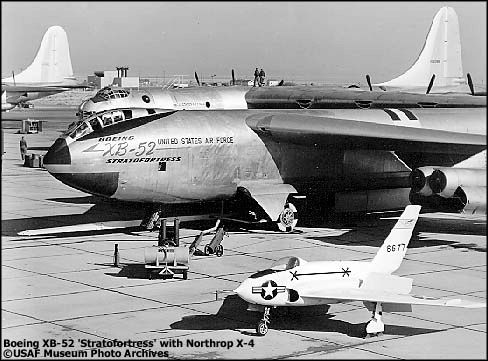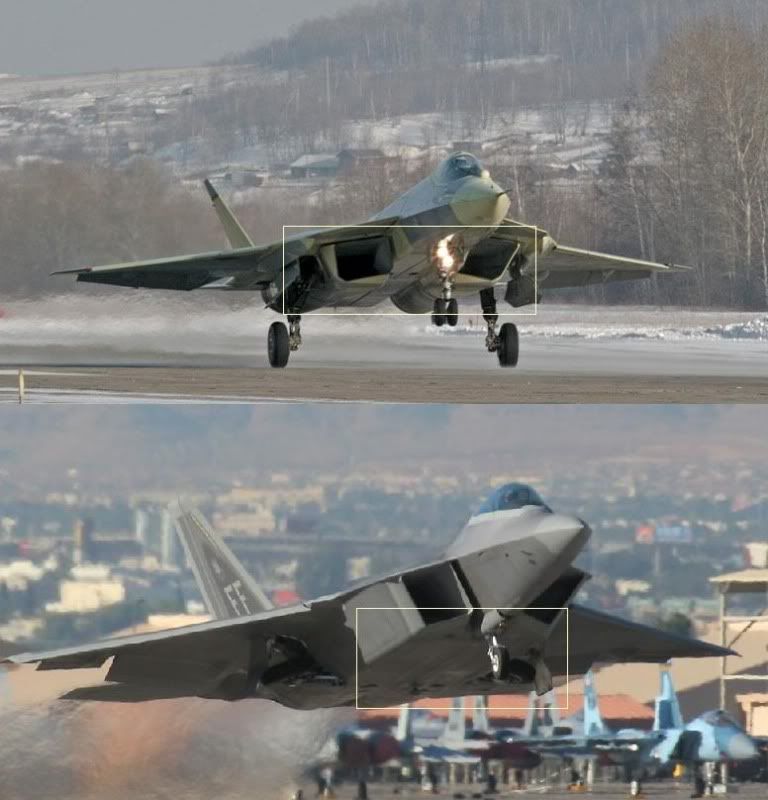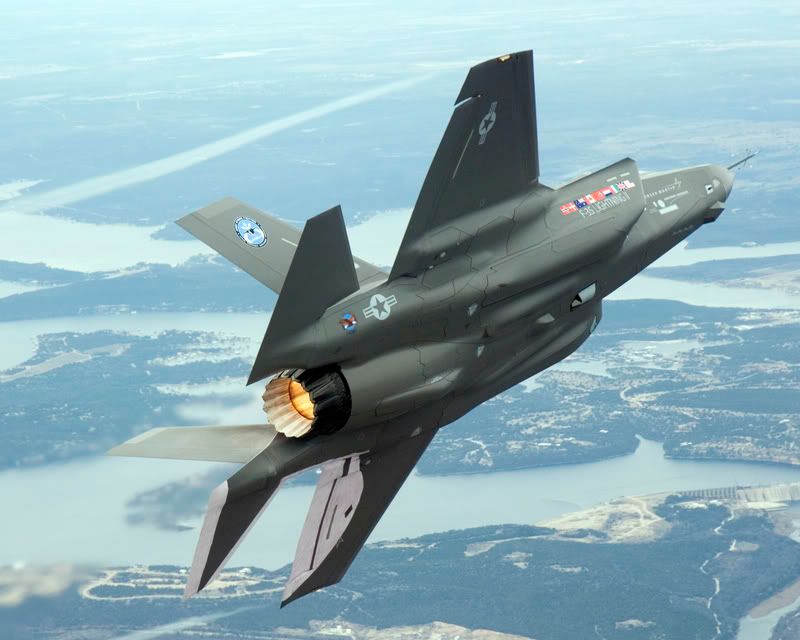I wonder - are HARM missiles suitable to air to air use? though I guess a something like the Growler would be a bit to nimble and avoid by shut down it's jammers but then again if they turn off the jammers, even if they are still flying their primary mission is defeated.
AIM-120 AMRAAM's are programmed to home in on jamming sources during the terminal phase.
^ Good thing the B-52's tail gunner is no longer in the tail.
I'm wonder who ended up morning the shit - the gunner or the pilot.
Not sure if the incident says much about the B-52's construction or the destructive power of the HARMs. Would of expected a hit to to have pretty much taken the tail off.
AGM-88A HARM's don't have a large warhead. Just a burster charge that propels large pieces of shrapnel (which are designed to destroy fairly sensitive radar antennae) like a giant shot gun shell. Basically, the missile is blown apart a half-second before impact and the target is showered with the warhead shrapnel and whatever is left of the booster. Such a warhead is not the most effective weapon against a high-subsonic aircraft flying away from the point of detonation.
Okay for some reason I thought they've pack slight more of punch so that they didn't just take out the actual radar but the personal and equipment around it.










